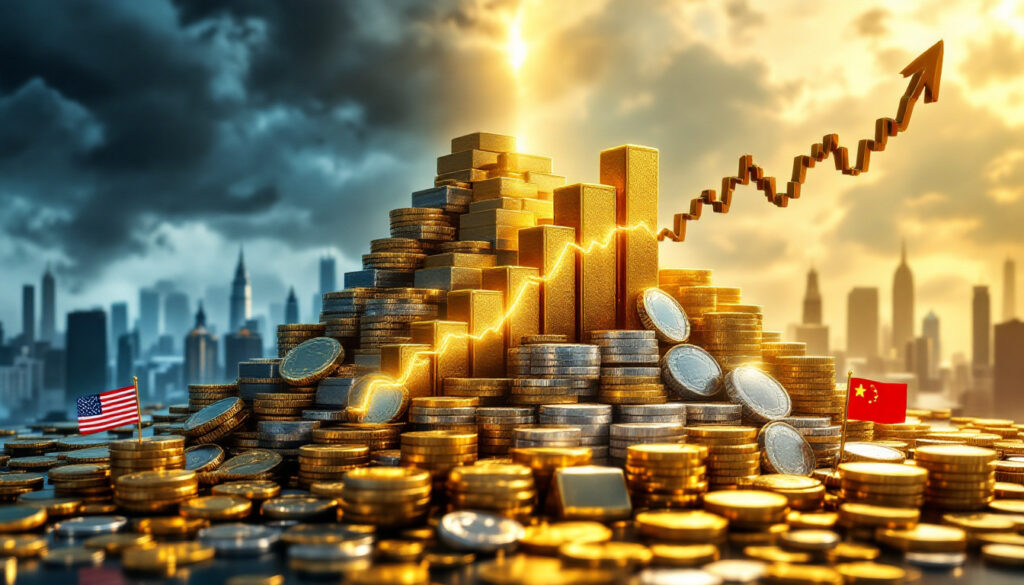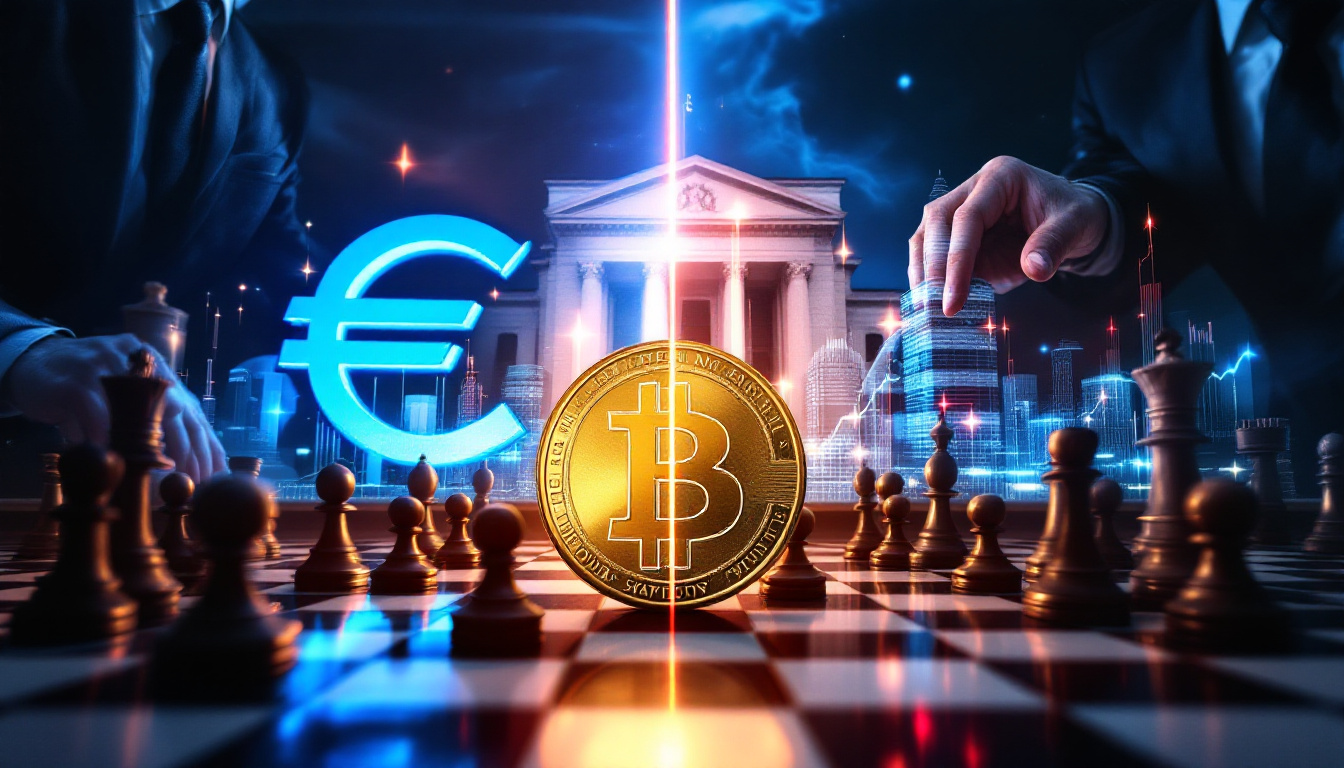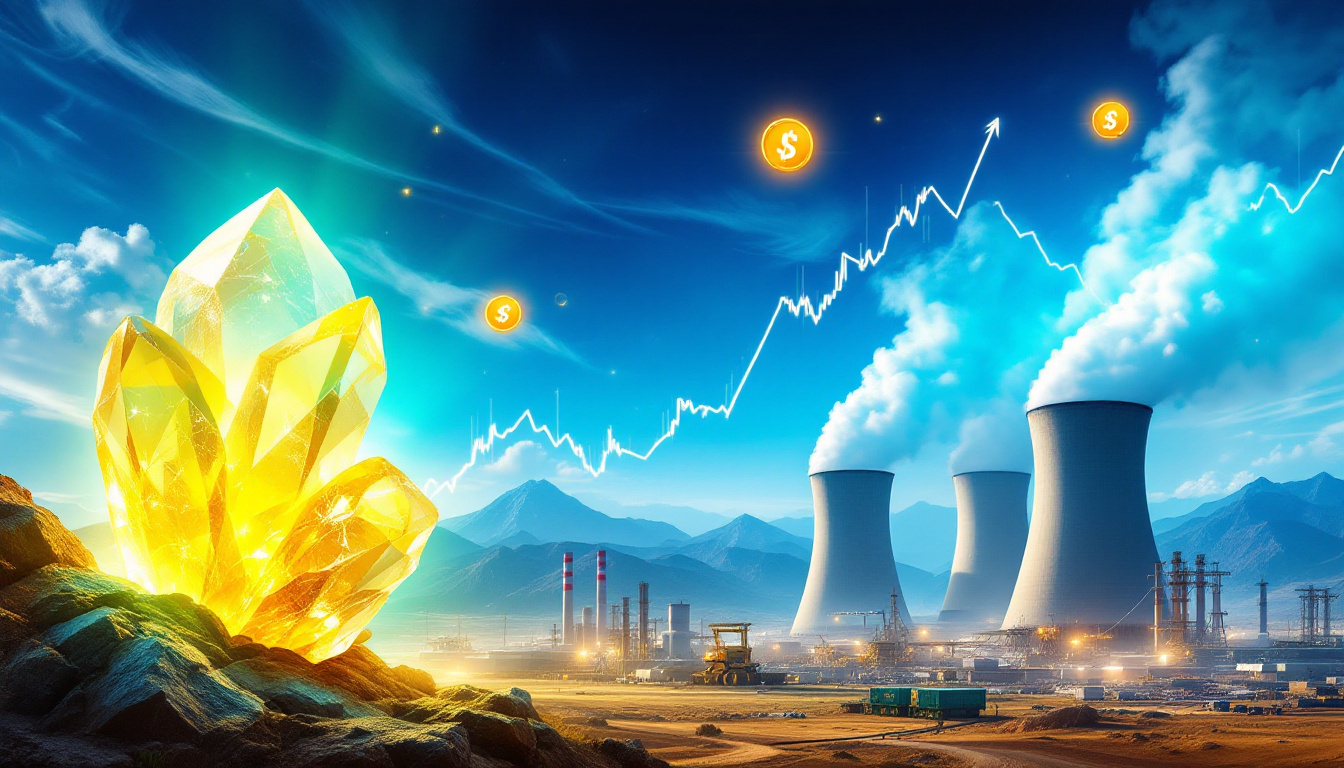Gold and Silver Market Analysis: Investment Outlook and Market Trends
Precious metals, particularly gold and silver, have experienced significant volatility and upward momentum in recent months, driven by geopolitical tensions, economic uncertainty, and structural imbalances in physical versus paper markets. Gold prices recently approached $3,300 per ounce, while silver neared $34 per ounce before corrections, reflecting a surge in safe-haven demand. The gold and silver market has witnessed its most pronounced swings since the 2008 financial crisis, with experts predicting further upside, including gold reaching $4,000/oz within 12 months. This report analyzes the drivers of this rally, market performance discrepancies, investor motivations, mining sector opportunities, and critical FAQs, leveraging insights from industry leaders like Dan Stewart, CEO of Juggernaut Exploration, and Crescat Capital's documented returns of over 240% in under a year.
What's Driving the Current Gold and Silver Rally?
Political Uncertainty and Economic Volatility
Gold as a safe haven during political instability has been reaffirmed by recent price action. The metal's climb to approximately $3,300/oz aligns with heightened U.S.-China trade tensions, including China's retaliatory 84% tariff on American goods. Silver's concurrent rally to near $34/oz underscores its sensitivity to macroeconomic shifts, though its volatility exceeds gold's due to smaller market liquidity.
Historical parallels to the 2008 crisis are evident, with market swings attributed to margin-driven selloffs and liquidity scrambles. Dan Stewart, a prominent industry voice, emphasizes that gold and silver "expose currency weaknesses," particularly the U.S. dollar's vulnerabilities amid fiscal expansions.
Impact of Trump Tariffs on Precious Metals
The Trump administration's tariff policies, including a 90-day pause for most nations except China, have injected volatility into global markets. These measures aim to counter China's intellectual property practices, but immediate effects include supply chain disruptions and inflationary pressures, boosting precious metals' appeal.
The metals' rebound post-selloff highlights their resilience, as investors view tariffs as precursors to prolonged trade realignments. Stewart analogizes the strategy to "tenderizing a steak," preparing for intense negotiations that could reshape global trade dynamics.
How Are Precious Metals Markets Performing?
Current Market Dynamics and Price Trends
Gold's breach of all-time highs and silver's push toward $35/oz signal a robust bull market. The gold-to-silver ratio hovering near 90:1—far above the historical 60:1 average—suggests silver is undervalued, presenting a buying opportunity. Crescat Capital's 240% return exemplifies the sector's growth potential, driven by strategic positions in mining equities.
Institutional inflows, such as Costco's rapid gold bar sellouts, underscore retail and institutional recognition of metals as inflation hedges. Furthermore, detailed gold market analysis 2024/2025 indicates this trend is likely to continue as economic uncertainties persist globally.
Physical vs. Paper Markets Discrepancy
A critical divergence exists between paper and physical markets: 156 paper contracts trade for every physical ounce on COMEX, while delivery delays of 2–3 months signal systemic stress. This disconnect, termed "fugazi" by Stewart, reflects unsustainable leverage in derivatives markets.
Annual silver production now transacts monthly on COMEX, exacerbating physical shortages and validating concerns about market functionality.
Why Are Precious Metals Attracting New Investors?
Relative Valuation and Investment Opportunity
The entire precious metals mining sector's market capitalization rivals that of single mega-caps like Coca-Cola, highlighting extreme undervaluation. This disparity, combined with record-low equity valuations, positions miners for outperformance as metal prices rise.
Silver's industrial demand—spanning electronics, solar panels, and medical applications—complements its monetary role, broadening its investor base. Many investors are now exploring gold ETF strategies 2024 as an alternative method to gain exposure to the gold and silver market without physical ownership.
Silver's Unique Investment Case
Silver's dual identity as a monetary and industrial metal amplifies its volatility and upside potential. Medical applications, including antimicrobial uses, add demand stability, while green energy initiatives drive consumption in photovoltaic cells.
The metal's transactional utility, owing to lower per-unit costs than gold, enhances its appeal during currency debasement. Additionally, live precious metal prices show that silver often outperforms during periods of strong gold performance, making it an attractive complementary investment.
What Should Investors Know About the Mining Sector?
Investment Opportunities in Mining Companies
Mining equities offer leverage to metal prices, with explorers like Juggernaut Exploration poised to benefit from rising resource valuations. Crescat Capital's focus on undervalued miners has delivered outsized returns, illustrating the sector's potential.
Explorers are particularly attractive, as discoveries in high-grade jurisdictions can yield multi-bagger returns amid bullish metal trends. For beginners looking to enter this space, understanding investing in mining stocks is crucial before committing capital.
Expert Insights on Market Timing
Stewart and Crescat's Quinton Henely characterize the current rally as nascent, with institutional participation still lagging retail inflows. Historical precedents, such as the 1970s bull market, suggest prolonged upside as mainstream adoption grows.
Monitoring delivery delays and central bank gold acquisitions provides forward-looking indicators. In addition, those interested in smaller companies might consider junior mining investments which can offer higher potential returns but with corresponding increased risk.
FAQ About Gold and Silver Markets
What Are the Price Predictions for Gold and Silver?
Experts forecast gold reaching $4,000/oz within 12 months, while silver could exceed $35/oz, driven by ratio normalization and industrial demand.
How Do Tariffs Affect Precious Metals Prices?
Tariffs induce economic uncertainty, boosting safe-haven demand. China's retaliatory measures exacerbate trade tensions, further supporting metals.
Why Is Silver Considered Undervalued Compared to Gold?
The 90:1 gold-to-silver ratio, vs. a 60:1 historical average, and silver's industrial demand growth underpin its undervaluation.
What Evidence Suggests Physical Precious Metals Markets Are Under Stress?
COMEX delivery delays, immediate retail sellouts, and paper-to-physical contract mismatches indicate systemic strain.
How Do Mining Stocks Compare to Physical Metals as Investments?
Miners offer higher upside via operational leverage but carry company-specific risks, whereas physical metals provide direct exposure without counterparty risk.
Ready to Capitalise on the Next Major Gold or Silver Discovery?
Discover potential investment opportunities ahead of the market with Discovery Alert's proprietary Discovery IQ model, which provides real-time alerts on significant ASX mineral discoveries across gold, silver and other commodities. Understand why historic discoveries can generate substantial returns by visiting Discovery Alert's dedicated discoveries page.




